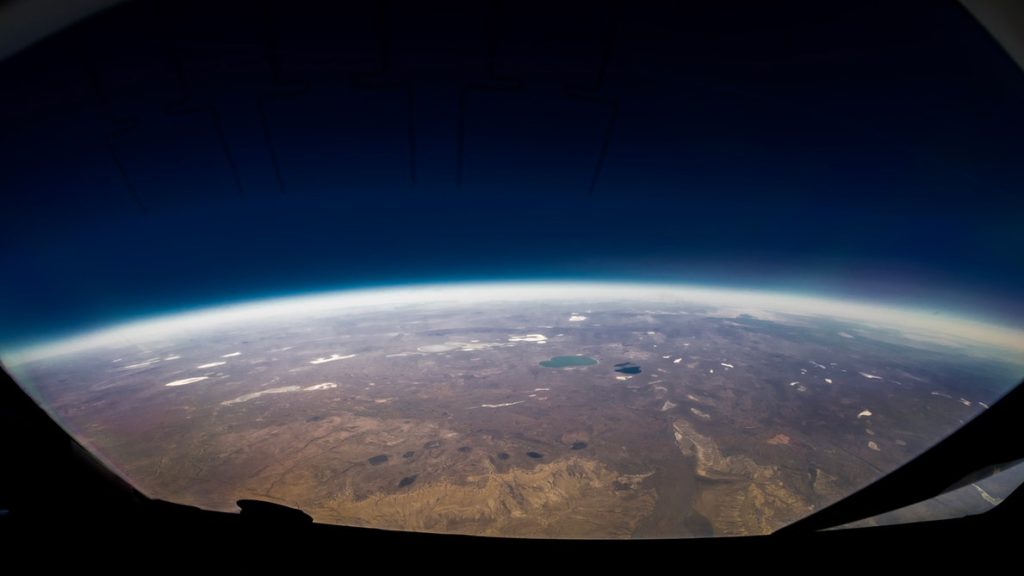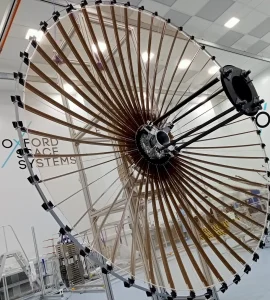CAA Sees Suborbital Flight to Australia On The Horizon
23rd May 2023
Suborbital flight is a growing industry, with Virgin Galactic and Blue Origin being just two of the better known purveyors of such flights. These companies offer what are essentially joy rides. However, the Civil Aviation Authority (CAA) sees the possibility of a commercial point-to-point suborbital flight to Australia in the relatively near future.
Suborbital Flight to Australia
Flight time between the UK and Australia could be significantly reduced under a new plan to use suborbital space flight to hop across the southern hemisphere by 2033. Currently, it takes 22-hours to fly between London and Sydney, but the ‘point-to-point’ space flight would see the journey reduced by 20 hours and have passengers across the globe within 2-hours.
However, there have been questions about the health repercussions emerging from the flight. So, research has been conducted to understand what G-force could do to travellers and whether the human body could withstand the journey.
Research Into The Health Risks Behind The 2-Hour Journey

Research from the CAA in conjunction with the Royal Air Force, and Kings Colleague has been recently published by Aerospace Medicine and Human Performance (AMHP). The research explores what would happen to the human body during the suborbital space flight. According to CAA’s medical lead, Dr Ryan Anderton: “physiological responses are likely to be benign for most passengers,” meaning the flight could be a viable option.
The Health Risks
The journey has been considered demanding enough during the conventional 22-hour flight, but as space travel becomes more cost-effective and innovation evolves, the short trip could be preferred for many travellers. There are many factors that have been researched by CAA, including G-force impacts on the human body. G-force from the flight could cause:
- Trouble Breathing
- Memory Loss
- Vision Loss
CAA have also noted that arteries may become stiff during the flight, so, elderly travellers may be better suited to the G-force pressures. This is due to the fact that stiffer arteries lessen the pooling of blood that can inundate the brain.
How Will The Sub-Orbital Space Flight Work?
The flight itself will involve launching a rocket 100 kilometers into the Earth’s atmosphere; this would cause 4G’s of force for approximately 30 seconds – which is comparative to being pressed by four times a person’s body weight. The rocket would then continue to travel sub-orbitally for 2-hours.
Reentry is where things get sticky. The rocket will reenter the Earth’s atmosphere pounding approximately 6 G’s of force on the human body for 10 to 15 seconds. This force can have detrimental effects on the body causing blood pooling in the brain and oxygen starvation.
So, CAA is working to ensure the average person would be able to complete the trip unharmed, and so far, results have shown that the health effects would be benign.
The Revolution of International Travel

Cost-Effective Issues & Environmental Impact Concerns
Whilst in theory, the 2-hour flight sounds out of this world – quite literally – the trip is projected to cost approximately $350,000 initially. This compares to a $600,000 suborbital flight into space.
There are environmental issues as well. Suborbital flights could exacerbate the climate crisis due to the exorbitant amount of fuel needed. There is no current legislation surrounding fuels used in space flight, but this is expected to change should suborbital flight become readily available.
Nevertheless, CAA stated in the peer reviewed article that suborbital flight is rapidly evolving and that: “commercial suborbital Space flights are now available for tourism and scientific research, and are ultimately anticipated to mature into extremely fast point-to-point travel, e.g. London to Sydney in less than two hours.”







Thank you for your comment! It will be visible on the site after moderation.